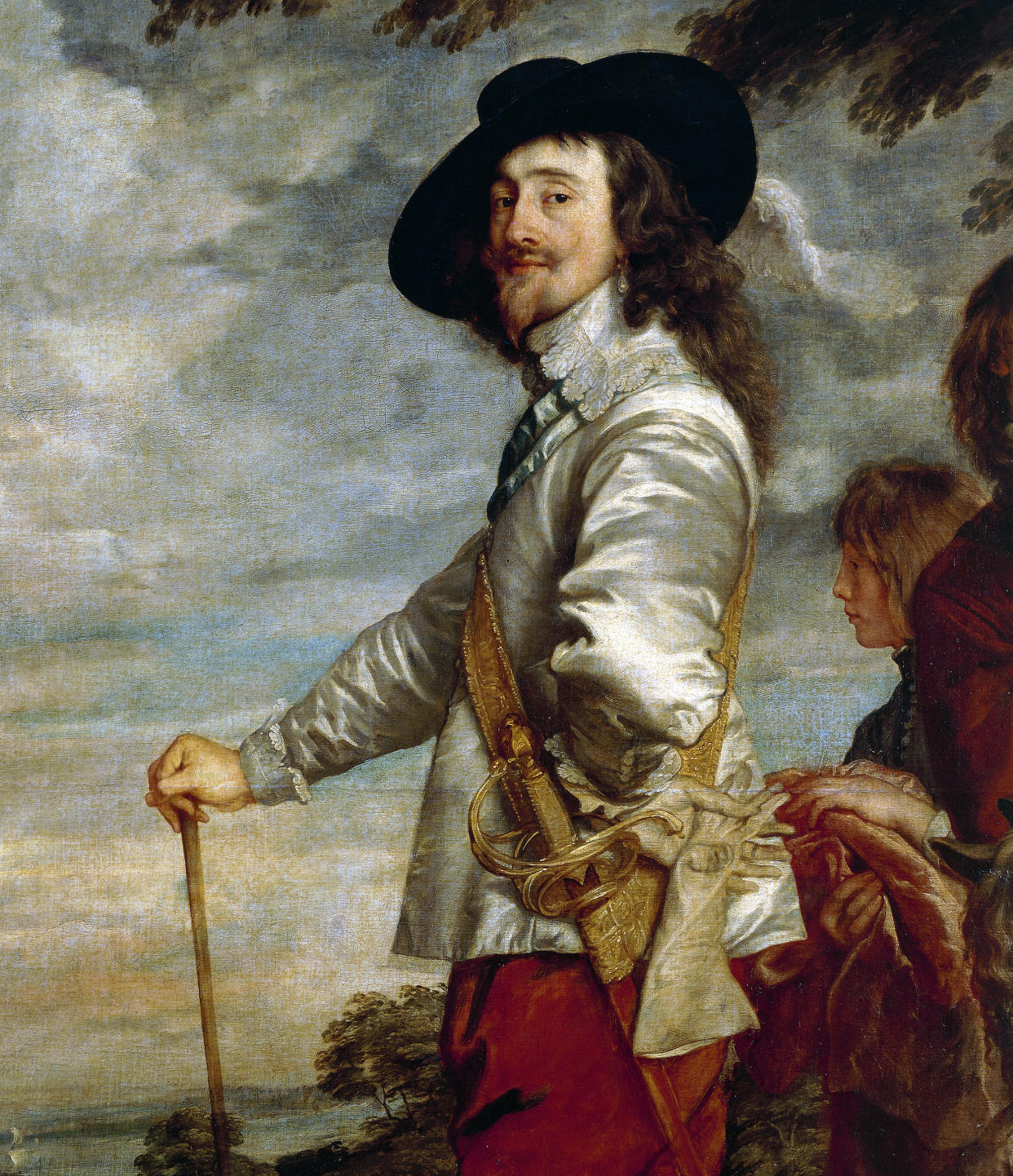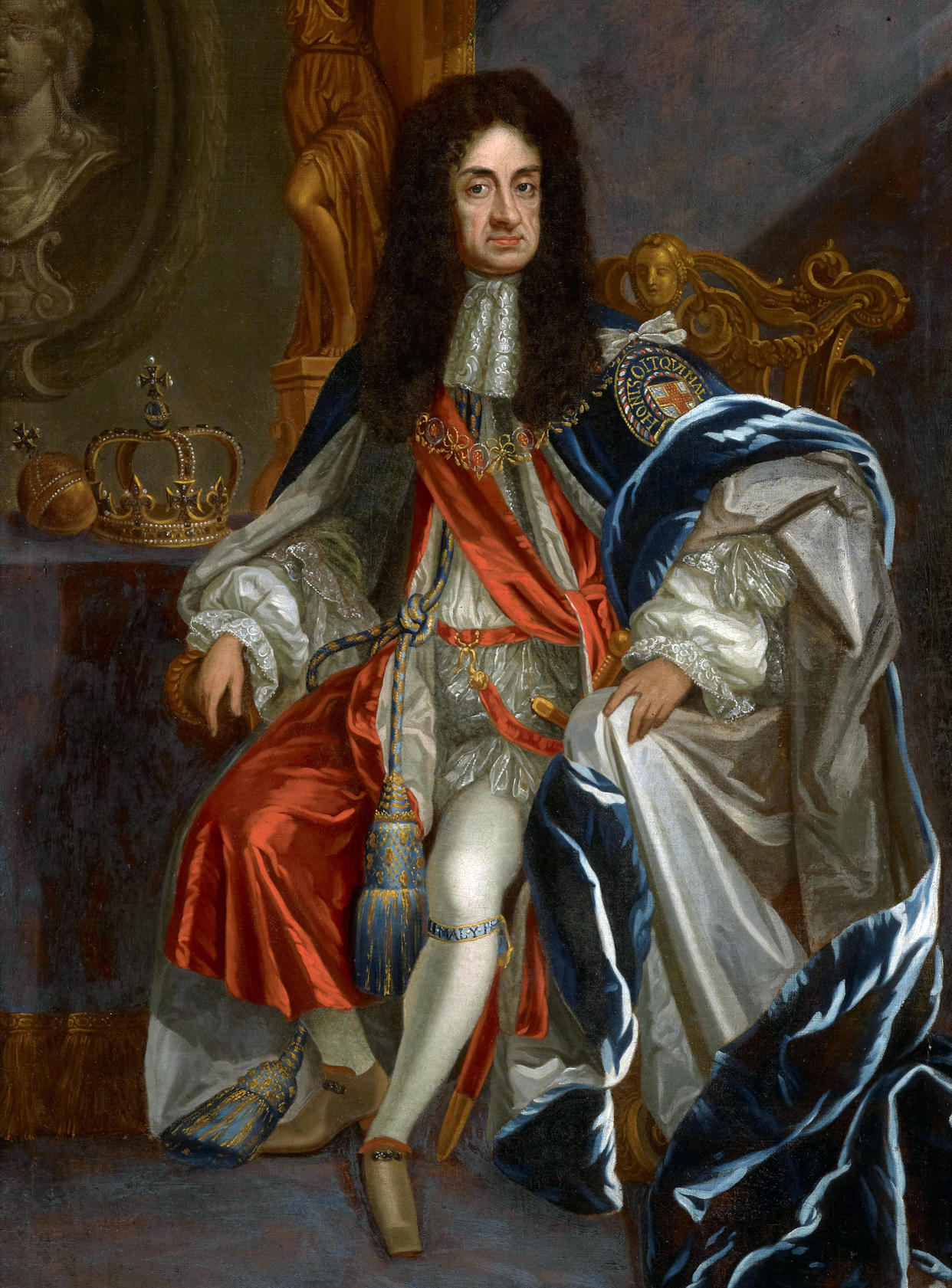King Charles III Now Reigns — But Who Were King Charles I and King Charles II?
Before the former Prince Charles took the British throne, some royal experts wondered if he would use one of his other names, George, when he became king.
However, he styled himself as King Charles III, making him the first King Charles to rule what is today known as the United Kingdom in more than three centuries.
Charles is undeniably a name steeped in royal history, though both kings who bore the name in the 17th century have complicated legacies, to say the least.
The ‘controversial’ Charles I
Charles I may be best known for the way he died — publicly beheaded outside London’s Palace of Whitehall in 1649 after being tried for treason.
As suggested by this grisly end, Charles I was not the most popular king in his time, and is “remembered as a very controversial figure,” royal historian Carolyn Harris told TODAY.

Many of Charles I's troubles stemmed from his fervent belief in the divine right of kings, meaning he believed that God had granted him authority to rule and that he was not accountable to the earthly laws set forth by the Parliament of England.
This, unsurprisingly, led to a power struggle with Parliament, which Charles ultimately handled by dissolving Parliament and ruling for 11 years without it.
But things got awkward in 1640 when Charles needed money to pay for the Bishops’ Wars (which were sparked by his attempt to restrict the religious freedoms of his Scottish subjects) — and he had to grudgingly re-open Parliament so he could raise taxes.
By this point, relations between the king and Parliament had broken down beyond repair. In 1642, England descended into a series of bloody civil wars and seven years later, Charles I was executed.
Today, a reproduction of Charles I’s death warrant still hangs in the sovereign’s robing room at the Palace of Westminster, according to the BBC — a somber reminder to kings and queens about the limits of their power.
Charles II, the “Merry Monarch”
While Charles I has been described as “reserved” — he had a stammer, like Elizabeth's father, King George VI — and also “self-righteous,” his son, Charles II, was anything but.
Charles II is known as the “Merry Monarch” because of his lavish lifestyle, partly inspired by the time he spent in the court of his party-loving cousin, the French King Louis XIV.

Charles had multiple mistresses and several illegitimate children — so many children, in fact, that people at the time joked he was personally attempting to replace all the nobles lost during the English Civil Wars.
“It seemed as though the king was personally becoming the father of his people, and then creating this new aristocracy,” Harris said.
In fact, Harris noted, some members of the more recent aristocracy, including the late Diana, Princess of Wales, and Sarah, Duchess of York, “are descendants of Charles II through his various illegitimate children," Harris said.
Charles II may be remembered as a playboy, but his story has its darker sides. After Charles I was beheaded, the monarchy was abolished altogether, and Charles II was forced to spend more than a decade in exile, mostly in the modern-day Netherlands.
During that time, England was ruled by the zealous Oliver Cromwell and a Puritanical Parliament that shut down theaters and limited the celebration of Christmas, Easter and other festivals.
Following Cromwell's death, Charles II became King of England, Scotland and Ireland in 1660, restoring the monarchy. As part of what's known as the Restoration period, Charles re-opened theaters and brought back many of the cultural pastimes that had been suppressed under Cromwell’s rule.
To make it extra clear that the days of Cromwell were over, Charles had Cromwell’s buried body dug up, hung and beheaded.
Cromwell's head was then displayed on a spike outside London’s Westminster Hall — which, to bring things full circle, is where Charles III recently addressed members of Parliament following the death of Queen Elizabeth, vowing to uphold his country's “vital parliamentary traditions."
The new King Charles III
When it comes to British kings, there's undoubtedly some colorful history surrounding the name "Charles" — but Harris says the current monarch most likely chose to style himself as Charles III for purely practical reasons.
“He’s known to the public as Charles, and so it would be a very difficult adjustment to think of him by another name,” she said.
While some royal experts wondered if Charles III would use the name “George,” Harris said he likely opted against that name because it would have caused confusion, given that his grandson is called Prince George.
As for why the late Queen Elizabeth named her eldest son Charles in the first place, given the name’s royal baggage?
“When Prince Charles was born in 1948, there was a lot of interest in his name,” Harris said. “Princess Elizabeth made clear, it was simply because she liked the name."
This article was originally published on TODAY.com
